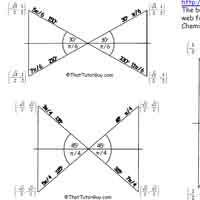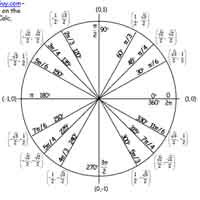Inverse Trig on the Calculator
Trig teachers usually don't explain how to do trig on a calculator because... I'm not sure why, maybe they're just mean, since they usually also give you a few problems that you MUST use a calculator on. Don't worry, though, I've got your back with this handy-dandy tutorial on doing inverse trig on your TI-83, TI-84, etc.

